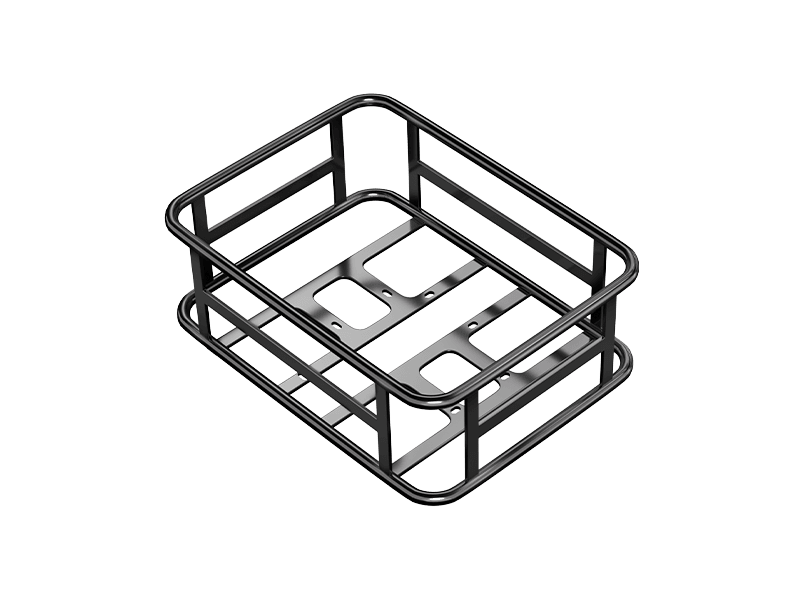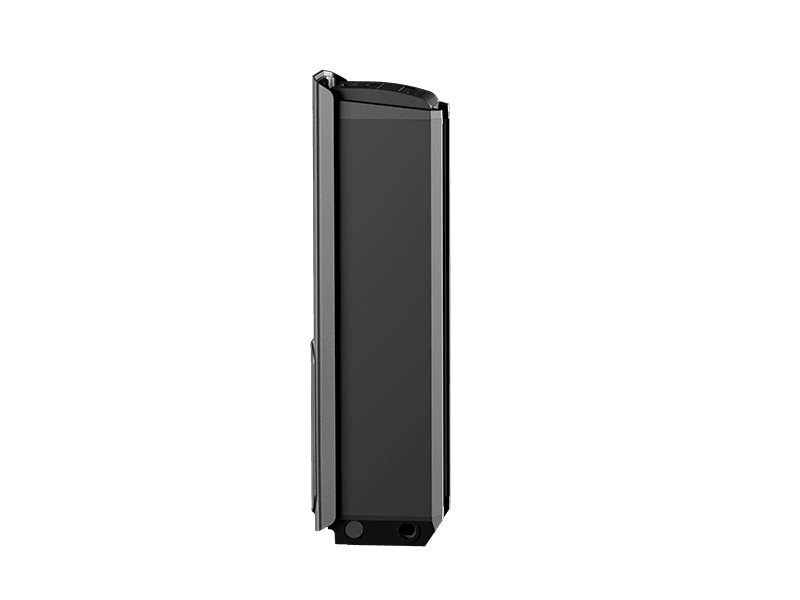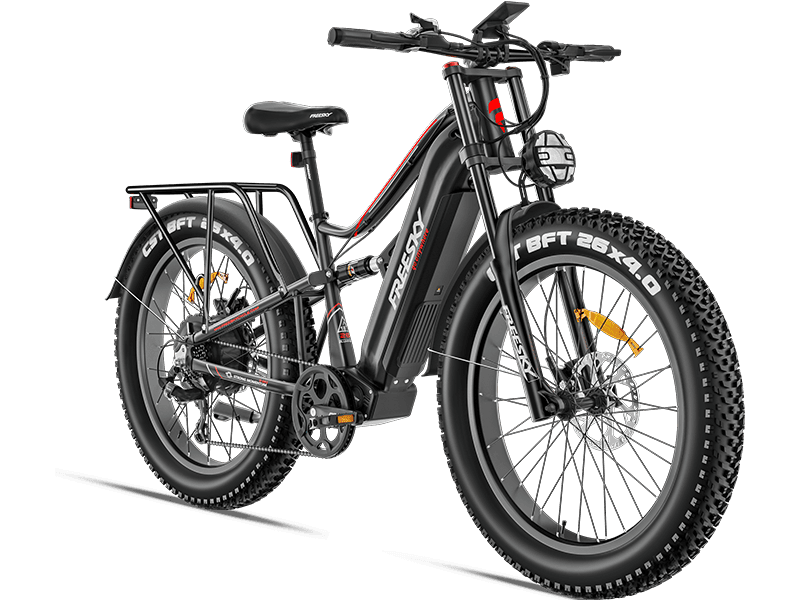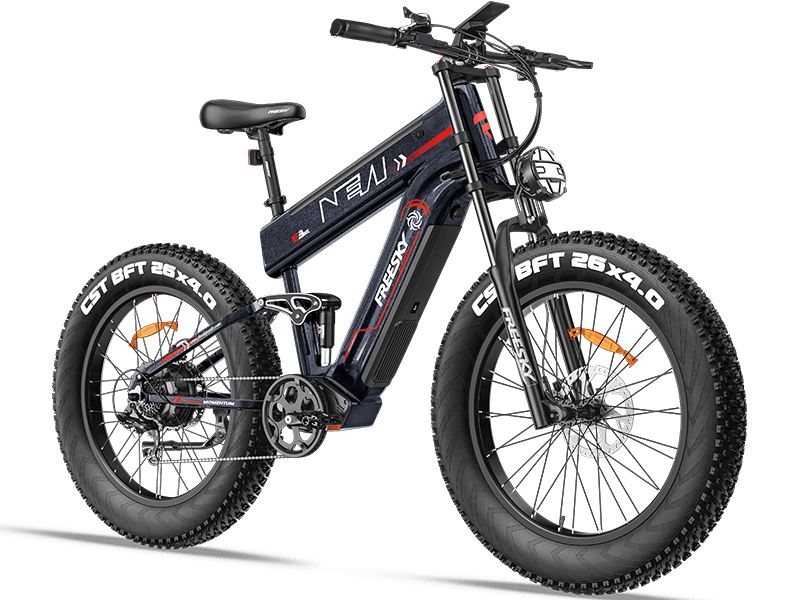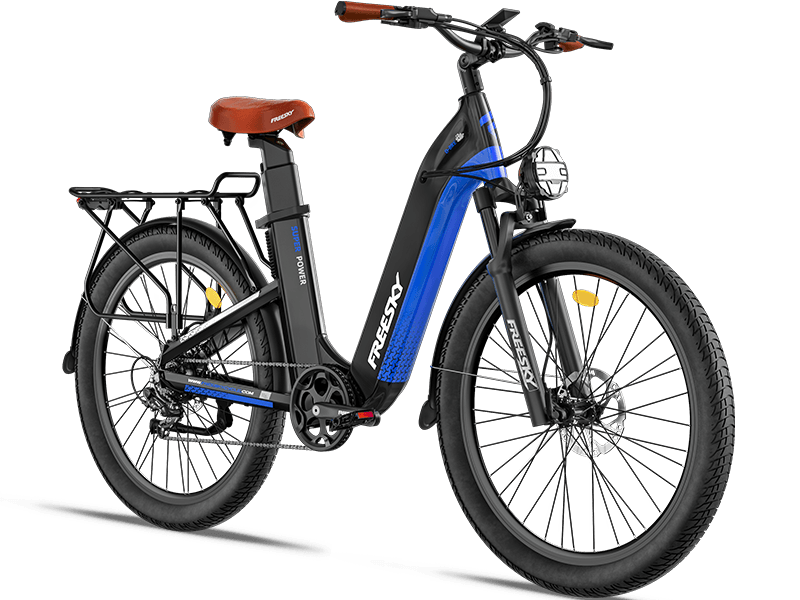Everything You Need to Know About Bicycle Light Lumens
JUN 25, 2024
When it comes to cycling, safety is paramount. One of the most critical components for ensuring your visibility on the road is your bicycle light. With numerous options available, choosing the right light can be challenging. A key factor in making this decision is understanding lumens, the measure of light output. This guide will explain what lumens are, why they matter, and how to choose the best bike light for your needs.
What Are Lumens?
Lumens are a unit of measurement for the total amount of visible light emitted by a source. Simply put, lumens indicate how bright a light will appear. The higher the lumen count, the brighter the light.
Why Lumens Matter for Bicycle Lights
Visibility is crucial when riding a bicycle, especially in low-light conditions or at night. The brightness of your bike light affects how well you can see obstacles ahead and how visible you are to others. Understanding lumens helps you select a light that ensures safety and enhances your cycling experience.
How Many Lumens Do You Need?
The number of lumens you need depends on where and how you ride. Here’s a quick guide:
For Urban Commuting
- 100 to 200 lumens: Sufficient for well-lit city streets where you mainly need to be seen by others.
For Suburban or Rural Riding
- 200 to 600 lumens: Ideal for areas with less street lighting. These lights provide better visibility of the road ahead and increase your visibility to others.
For Off-Road or Trail Riding
- 600 to 1000+ lumens: Necessary for unlit paths and trails. These lights illuminate obstacles and the terrain ahead, making your ride safer.
For Daytime Riding
- 100 to 500 lumens: Even during the day, a bright light can enhance your visibility to motorists, especially in conditions like fog or heavy rain.
Factors to Consider When Choosing a Bike Light
Beam Pattern
The beam pattern affects how the light is distributed. A wide beam pattern is great for off-road riding as it covers more area, while a focused beam is better for long-distance visibility on roads.
Battery Life
Consider how long you will be riding and choose a light with sufficient battery life. Rechargeable lights are eco-friendly and convenient, but it’s essential to ensure they can last your entire ride.
Mounting and Adjustability
A good bike light should be easy to mount and adjust. Ensure the light can be securely attached to your bike and adjusted to point in the desired direction.
Weather Resistance
Cycling often means braving the elements. Ensure your bike light is weather-resistant to withstand rain, mud, and dust.
Top Recommendations for Bike Lights
Urban Commuting
- Cygolite Metro 400: Offers 400 lumens with multiple brightness settings and a compact design.
Suburban or Rural Riding
- Lezyne Macro Drive 600XL: Provides 600 lumens with excellent battery life and durability.
Off-Road or Trail Riding
- NiteRider Lumina 1000: Delivers 1000 lumens, perfect for challenging trails and long rides.
Daytime Visibility
- Bontrager Ion 200 RT: Compact yet powerful with 200 lumens, designed specifically for daytime visibility.
Choosing the right bicycle light involves understanding lumens and how they affect your visibility. By considering your riding environment and preferences, you can select a light that ensures safety and enhances your cycling experience. Whether you're commuting in the city, riding through rural areas, or tackling off-road trails, there's a perfect light out there for you. Stay safe and happy riding!



